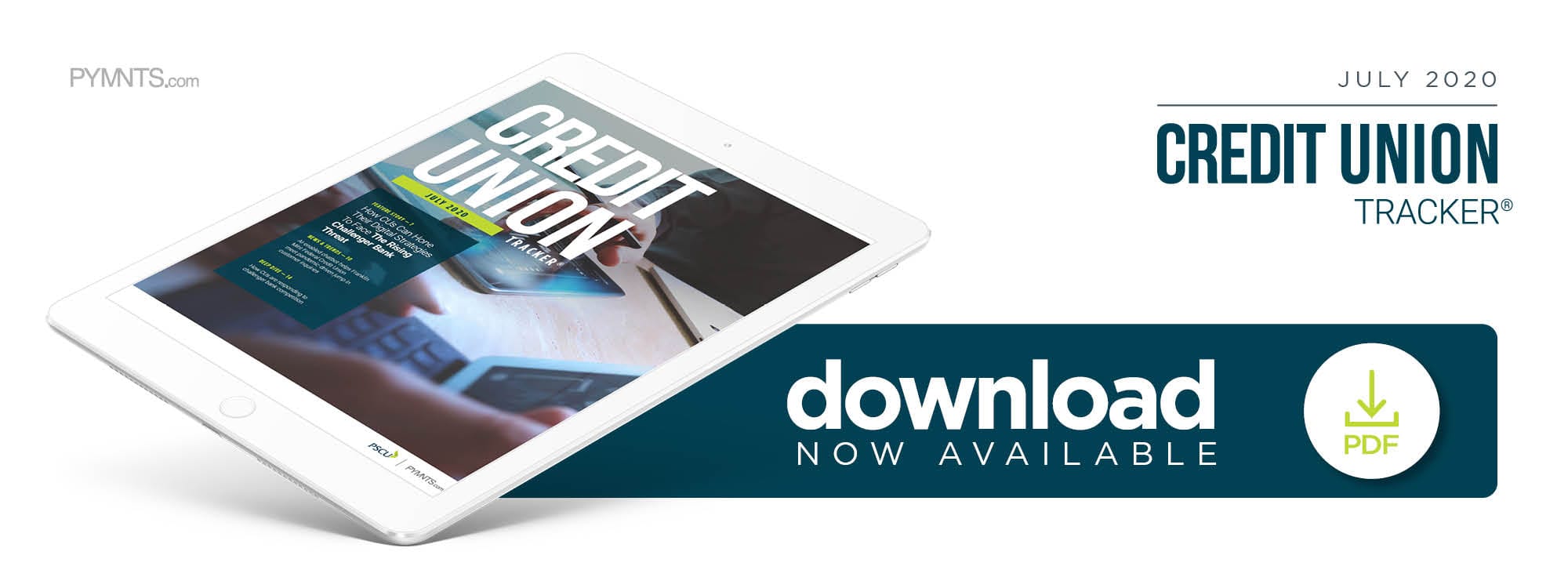How CUs Can Hone Their Digital Strategies To Face The Rising Challenger Bank Threat

Credit unions have long prided themselves on offering better in-person service, but with lockdowns keeping members from branches, many CUs worry about losing customers to challenger banks with better digital offerings, says Doug Marshall, chief digital and product officer at Washington-based BECU. In the latest Credit Union Tracker, Marshall explains why it pays to think like a challenger bank when developing digital products.
The pandemic continues to push consumers toward contactless solutions in all facets of their lives, and banking is no exception.
Challenger banks have positioned themselves as technological innovators in the space, leveraging their digitally native statuses to roll out tools that appeal to consumers seeking remote financial services. Traditional financial institutions (FIs) are closely monitoring these shifts as well, especially as they compete with challenger banks and unveil digital innovations of their own during the health crisis.
Many credit unions (CUs) in the U.S. are keeping tabs on challenger banks to determine what members might be seeking and which tools can best serve their needs. Understanding how these banks operate can help CUs formulate banking strategies now and for the future.
“We have been tracking what challenger banks offer and whether they are in our members’ consideration set for a couple of years via our brand tracking study,” Doug Marshall, executive vice president and chief digital and product officer at Tukwila, Washington-based BECU, explained during a recent interview with PYMNTS.
A group of Boeing employees founded BECU 85 years ago in the Puget Sound area. It now has approximately 50 locations across Washington and South Carolina, and Boeing employees account for just 4 percent of its 1.2 million members.
“Many challenger banks have been operating outside of the U.S. but are entering our market and [are] well-funded via venture capital and other sources,” Marshall said. “So, we expect the pressure to continue.”
Challenger Bank Innovation
Most CU and FinTech leaders regard challenger banks as competitive threats. The recent Credit Union Innovation Playbook: Challenger Banks Edition noted that 80.5 percent and 77.8 percent of CU and FinTech executives who see challenger banks as threats, respectively, feel that way because they believe challengers can innovate better and faster than their organizations — the most commonly cited reason for concern. CUs thus believe that offering digital solutions can prevent members from switching to challenger banks by making their experiences more convenient.
“As a member-owned cooperative, we start by remaining true to our purpose of improving the financial well-being of our members, in addition to ensuring their experiences are comparable to or better than what challenger banks offer,” Marshall said. “We strive to provide our members with the right accounts, services and tools to reach their financial goals, and provide access to their accounts in the ways that are most convenient to them.”
He explained that CUs can achieve this by investing in their user experiences and making their technology stacks nimbler. BECU has deployed application programming interfaces (APIs) and built an internal user experience team, for example.
This competitive landscape is also forcing CUs to roll out innovative products while maintaining their traditional focus on member engagement and loyalty, Marshall said. Unveiling digital tools that help CUs compete with those of challenger banks and leveraging their branch availability once the pandemic recedes could give CUs an edge in retaining members and appealing to new ones.
CUs are also providing mobile banking tools and other solutions that cater to members’ desires for digital convenience as well as help them save. Marshall said BECU’s QuickSave feature, for example, allows members to manage their money and automatically swipe to transfer select amounts into their savings accounts. The CU also developed Save Up, a debit card product that allows members to round up when making purchases and have the extra cash automatically diverted into their savings.
“It’s an engaged and interactive way of saving,” he said. “Both products focus on improving members’ well-being by helping them save.”
Knowing the Competition
Keeping abreast of competing institutions’ products can help CUs create offerings that are relevant to their members, Marshall stated. This can ultimately prevent them from switching to challenger banks or other FIs to access the digital solutions they crave.
“Staying relevant is a core tenet of what we have been focusing on for the past couple years,” Marshall said. “We monitor what our competitors are offering and invest in human-centered design to ensure we offer what members want. Our QuickSave product is one example.”
The pandemic is shifting consumers’ long-term digital preferences as well, he said. The average age of BECU’s new mobile app users had been in the low 30s for the past several years, but it has risen into the low 40s within the past four months. Marshall said he believes that this shift will affect consumers’ banking habits long after the pandemic has ended.
“We believe that BECU’s connections to its members … will continue to allow us to serve our communities well into the future,” Marshall said.
Developing strategies beyond the pandemic will require BECU and other CUs to sharpen their technological tools while staying true to their original missions. This should also help strengthen their competitive edge amid rising competition from challenger banks.

